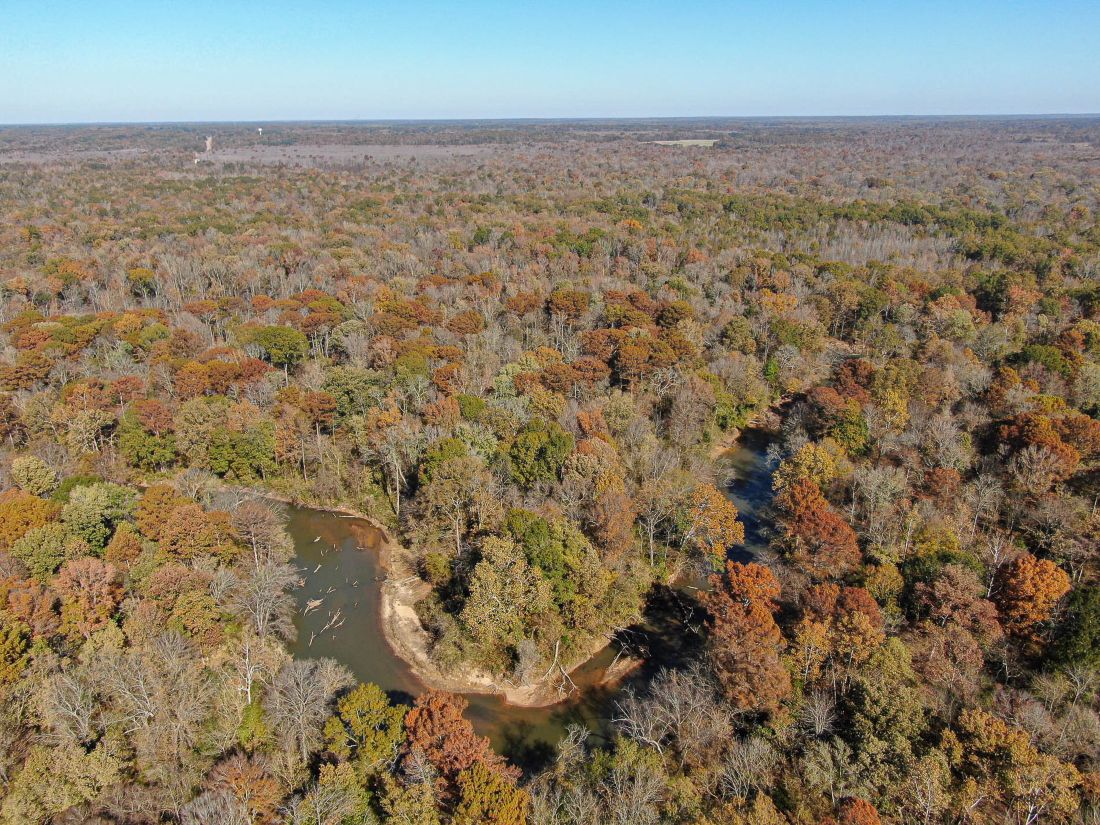Natural Highlights: Eastern Bobcat


Memphians are sometimes surprised to learn that Eastern Bobcats live in their midst, but indeed they do! Secretive and solitary, the Eastern Bobcat (Lynx rufus) tends to be most active at night and prefers thick woods with lots of undergrowth. People who frequent the Wolf River Greenway sometimes report seeing bobcats, especially early in the morning; the Greenway protects just the type of habitat favored by these predators and provides a wildlife corridor through the city. Check out these gorgeous felines caught by our trail camera strolling down the Wolf River Greenway trail…and a video shared with us by a Greenway visitor of a bobcat swimming the urban Wolf River!

About twice the size of a house cat with a short “bobbed” tail, Eastern Bobcats are the most widespread of the wildcat species in North America. Though reaching a maximum size of 50 inches long and 40 lbs., they are still sometimes mistaken for much larger and much longer-tailed cougars. The tawny fur of a bobcat has black spots which can sometimes be obscure in low light conditions. As generalist carnivores, Eastern Bobcats prey on all kinds of small mammals – mice, voles, rats, opossums, rabbits, squirrels - and occasionally take larger prey such as White-tailed Deer. They may supplement this mostly mammal diet with insects, snakes, fish, frogs, birds, and other organisms. Domestic cats are also on the menu, which is another good reason to keep Kitty indoors. Bobcats do not pose a threat to people under normal circumstances, preferring to remain quiet and hidden. The 2-3 kittens that bobcats usually produce early in the year remain with their mothers until fall or winter, when they disperse to establish their own territories and begin their solitary lives.
For more information on the Eastern Bobcat, we suggest these links:
Eastern Bobcats, thriving in Memphis, favor thick woods and nocturnal life. Commonly seen at Wolf River Greenway. Size of a large house cat.


.avif)
.avif)








